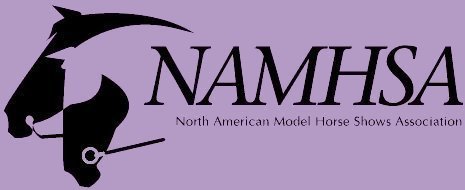NAMHSA 15th Anniversary Party - Lot #27
Indian Costume, Customized Model and Doll
(click image to open larger view in a new tab)
(more images below description)
This set includes the CM Lonesome Glory mostly customized by the late Carol Floyd. He is painted by me to a Dun Appaloosa. Horse can also be shown in Halter classes too. His war paint is authentic and documentation will be provided that specifies what each symbol means. I consulted with a reputable halter judge and the war paint will not effect his judging. I would show him as a Nez Perce.
The Native American doll is from RBR and is CM by me with a turning head so you can have him look the same direction as any horse you want to show him on. His choker covers the space between his head and body. All his sculpted hair has been removed and replaced with mohair with a small braid on each side. He has had all his sculpted jewelry removed and his chest resculpted with a handmade removable breastplate put on. His sculpted leggings and breach cloth were removed and replaced with a sueded leather breach cloth and ultrasuede leggings. Sculpted moccasins still remain and are painted. His left arm has been repositioned to the center of his body so he holds the reins properly and his right arm has been made to move at the shoulder and hand has been opened to hold his lance.
The weapons were made referencing authentic Plains Indian culture, Lakota Sioux to be exact. Weapons include a lance, bow and arrows with quivers, and rawhide shield with hanging eagle feathers.
The set also comes with two bridles, a headstall bridle with a snaffle bit and a rawhide war bridle that can be made to go under the chin only, or for open mouthed horses, it can be put in the mouth. The saddle is representative of a stolen cavalry saddle covered with hides. Stirrups are removable so the saddle can be used with or without them. It has a tobacco pouch and parfleche bag tied to the hides of the saddle.
All aspects of this set have been researched for authenticity and will come with documentation for Plains Indian culture.
 | 



